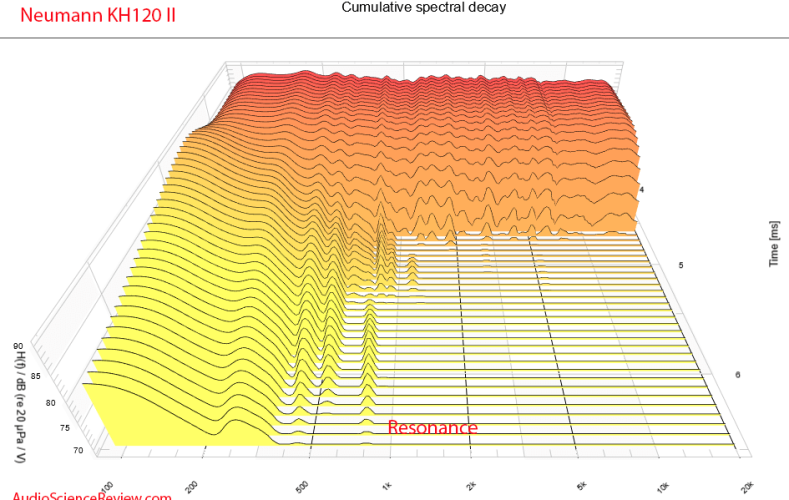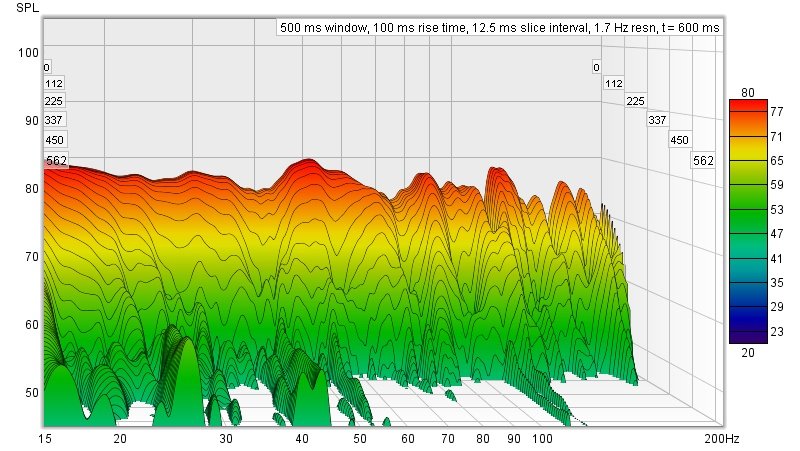castleofargh
Sound Science Forum Moderator
- Joined
- Jul 2, 2011
- Posts
- 10,975
- Likes
- 6,815
We can very well take your conditions, I see no issue picking the conditions you're interested in, but then you have to agree that we add even more variables. Are we hearing the BA sound or the 3 to 5 ways sound? Are we hearing sealed VS vented? How could we tell which variable or series of variables have led to our experience(assuming we already dealt with non audio biases and stuff like massive differences in sensitivity or absurd listening levels. I suggested a similar single driver to remove one variable, that's all.Well I presumed (I obviously presume too much) that each would be powered and tuned to an optimum and then compared. I was sure someone with experience would be able to say - 'that's a planar' or that's the dd, but some of you tell me that's not so.
Campfire Andromeda's are an all ba and you couldn't say their treble is rolled off.
Planars have weirdo treble? They're actually now making many high end (read expensive) hybrid iem's with a small planar just for the treble.
As for my intuition of differences, there is nothing to defend or object to, I have no proof, and when I have, they're anecdotal for, again, maybe 3 or 5 pairs. I almost only buy BA IEMs as I generally only care about the isolation when I'm on the go. I do have a few small DD IEMs that also isolate well, like shure se215 and one or 2 etymotics that aren't BA based. But that's rare and not a selection made for sound quality. I like well vented sound, and when I get that from an IEM, said IEM remains in a drawer because I have no use for it. I've never owned a planar IEM myself, only heard 2 very briefly(why my brain reaches out to headphone and speaker planar to invent rules I don't know about).









 this guy
this guy  ) have mostly dropped in the last years for newer ones.
) have mostly dropped in the last years for newer ones.